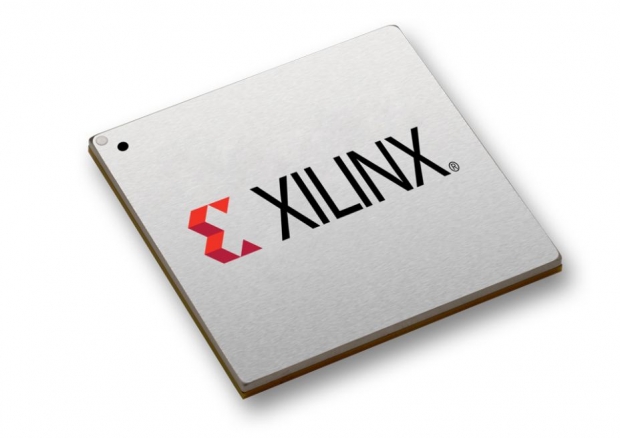
New Artix and Zynq UltraScale+ families
We are living in times of massive explosion of the necessity for the smart edge computing endpoints. Miniaturization of the endpoint and the need for higher performance at lower power drive next-generation computing devices that require a dramatically smaller form factor. Xilinx has just announced the new Artix, and Zynq UltraScale+ families address the need for smaller form factor enabling lower power hardware programmability and high performance.
Xilinx, the adaptive computing leader, announced the company had expanded its UltraScale+ portfolio for new markets and applications that require ultra-compact and intelligent edge solutions. The new generation enables new form factors that are 70 percent smaller than traditional Xilinx chip-scale packaging. The new Artix and Zynq UltraScale+ families can now address a broader range of applications within the industrial, vision, healthcare, broadcast, consumer, automotive, and networking markets.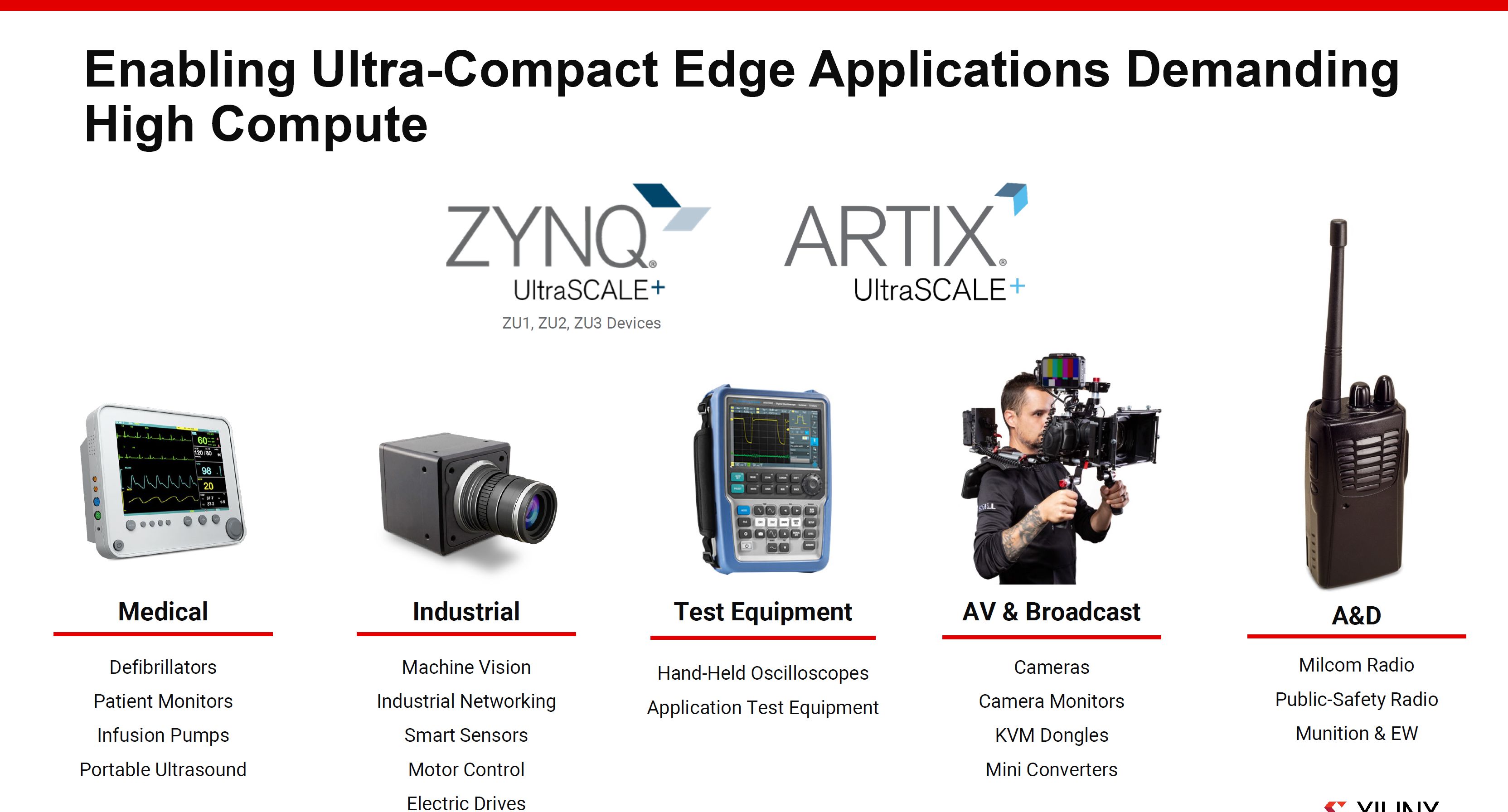
The new Artix and Zync Ultrascale+ are manufactured in 15 nm TSMC technology, and both are targeting a cost-optimized portfolio. What makes them both unique is the TSMC’s state-of-the-art InFO (Integrated Fan-Out) packaging technology. InFO enables a smaller and thinner package as it doesn’t need a substrate of C4 bumps and uses near the size ball pitch (0.5 mm). It enables 60 percent less area for better thermal and power distribution and making it 70 percent thinner.
New InFO packaging
Using InFO, the new cost-optimized members of the Artix and Zynq UltraScale + family meet the need for intelligent edge applications by delivering high-compute density, performance-per-watt, and scalability in an ultra-compact package.
“LUCID has worked closely with Xilinx to integrate the new UltraScale+ ZU3 into our next generation industrial machine vision camera, the Triton™ Edge,” said Rod Barman, founder, and president at LUCID Vision Labs. “With the UltraScale+ ZU3 and its InFO packaging, LUCID was able to utilize an innovative rigid-flex board architecture to squeeze an amazing amount of processing power into an ultra-compact IP67, factory tough camera.”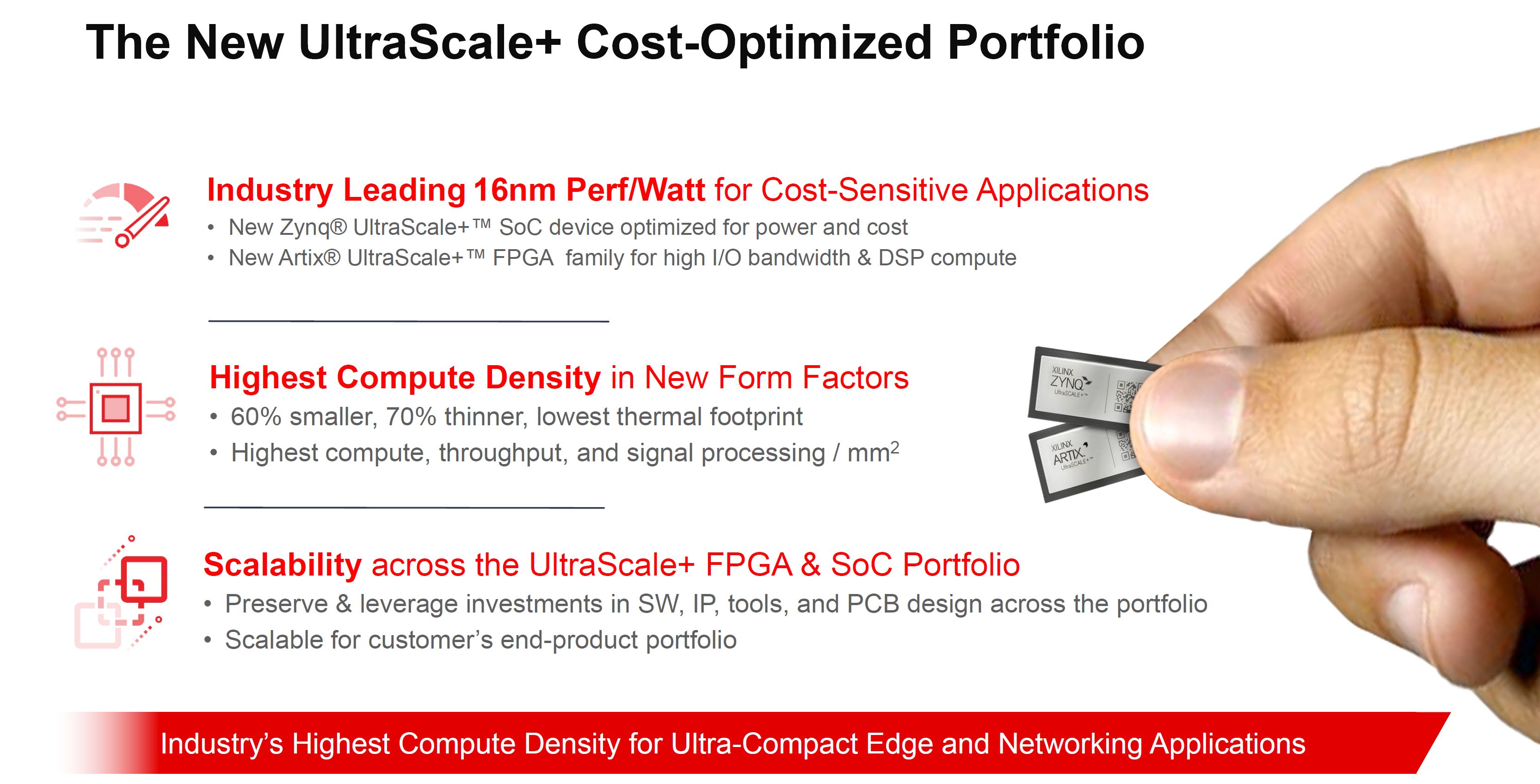
With the Xilinx Artix and Zynq UltraScale+ portfolio now extended from the high-end to the low-end, extending platform scalability ensures customers can develop multiple solutions using the same Xilinx platform. It preserves design investments across the portfolio and speeds time-to-market.
Security is a critical component in Xilinx designs, and both members of the cost-optimized Artix and Zynq UltraScale+ families include the same robust security features found across the UltraScale+ platform. Included are RSA-4096 authentication, AES-CGM decryption, DPA counter-measures, and Xilinx’s proprietary Security Monitor IP that adapts to security threats across the product lifecycle, meeting the security needs for both defense and commercial projects.
“The ability for customers to scale their designs using a single secure platform for a wide range of applications and markets is key to enabling faster, easier design integration as well as for capturing critical time-to-market opportunities,” said Dan Mandell, senior analyst, IoT and Embedded Technology at VDC Research. “Xilinx’s strategy to expand its portfolio to meet these market needs with its scalable and secure UltraScale+ Artix and Zynq family is compelling, especially considering the strong business opportunities in growth markets where these solutions are being deployed.”
Power
Zynq UltraScale+ ZU2 has 40 percent less static power versus ZU1’s previous generation and retains the same amount of ARM processing power, resulting in a smaller overall power footprint. The power-down of unused blocks in a deep sleep brings the whole platform to as low as 180 nanowatts. With up to 192 gigabits of aggregate bandwidth Artix Ultrascale+ enables small devices supporting emerging protocols in vision, video, wired, networking and storage applications. Xilinx claims best-in-class FPGA I/O performance versus competition. The company claims that it brings unique support for PCIe 4.0, the highest performance DDR4 memory support, and MIPI performance up to 4K 60.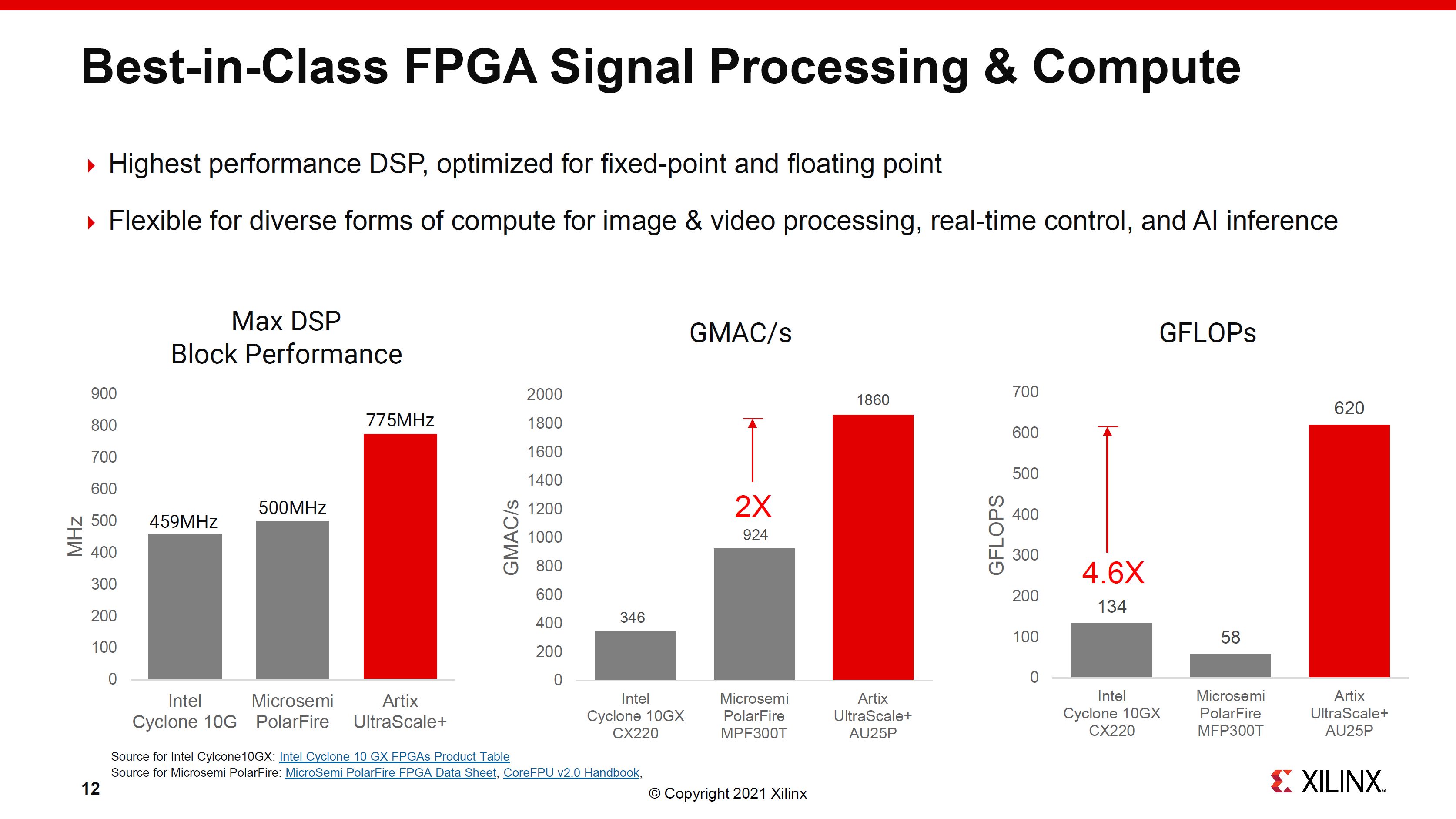
Serial performance of 16.3 Gb/s with Artix Ultrascale+ is dramatically faster than Intel Cyclone 10G (12.5 Gbps) and Microsemi PolarFire (12.7 Gbps). Furthermore, Artix Ultrascale supports DDR4 2400 while Intel Cyclone10G only supports DDR3 1866 and Microsemi PolarFire DDR4 1600. Video MIPI performance is also something that suits the Artix Ultrascale+ generation. It supports 4K 60 FPS or 2500 Mb/s speed.
Intel Cyclone 10G doesn’t support MIPI at all, while the Microsemi PolarFire can only handle 1080P with 1500 Mb/s speed. Xilinx’s Artix Ultrascale+ also dominates in max DSP Bloc performance with 775 MHz vs. 459MHz with Intel Cyclone 10G and 500MHz with Microsemi PolarFire. Xilinx dominates in programmable GMAC/s performance with 1860 or two times the nearest competitor Microsemi PolarFire (924) and Intel Cyclone 10GX CX220 (346) or more than five times less than Xilinx. Above mentioned GMAC/s performance also translates well in GFLOPs as Xilinx’s Artix Ultrascale+ scores 620 GFLOPs or 4.6 times more than Intel Cyclone 10GX CX220 with 134 GFLOPs or Microsemi PolarFire, only 58 GFLOPS or more than 10 times slower compared to Artix Ultrascale+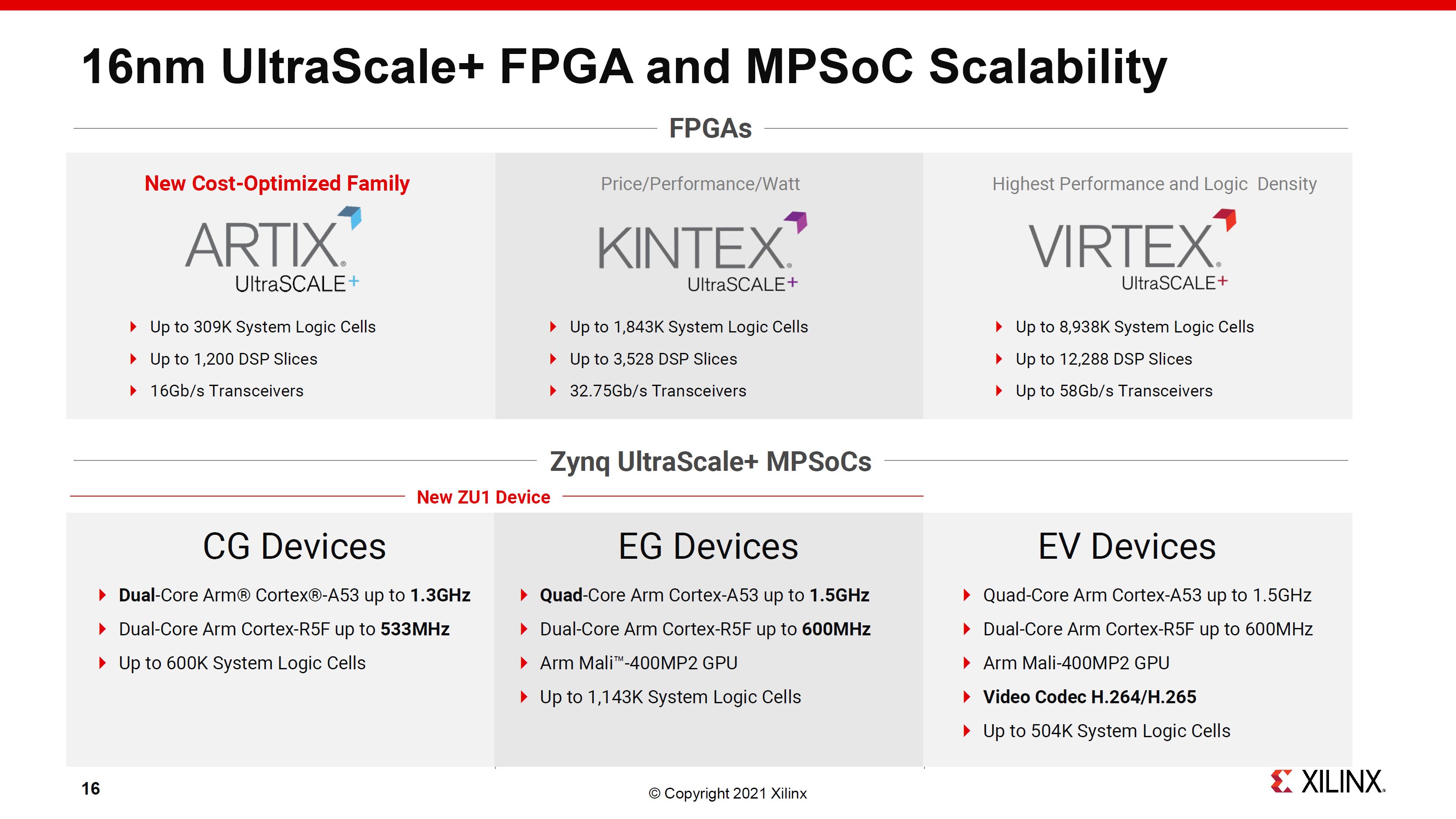
Xilinx was investing in the right IP blocks to make its product stands within the competition and making it long-lasting for its customers.
Availability
The new cost-optimized Artix UltraScale+AU25P and AU20P models are expected to be available in production by mid-summer. Zynq UltraScale + ZU2 and ZU3 models are currently sampling with volume production of ZU1, ZU2, and ZU3 expected to begin Q4 2021.